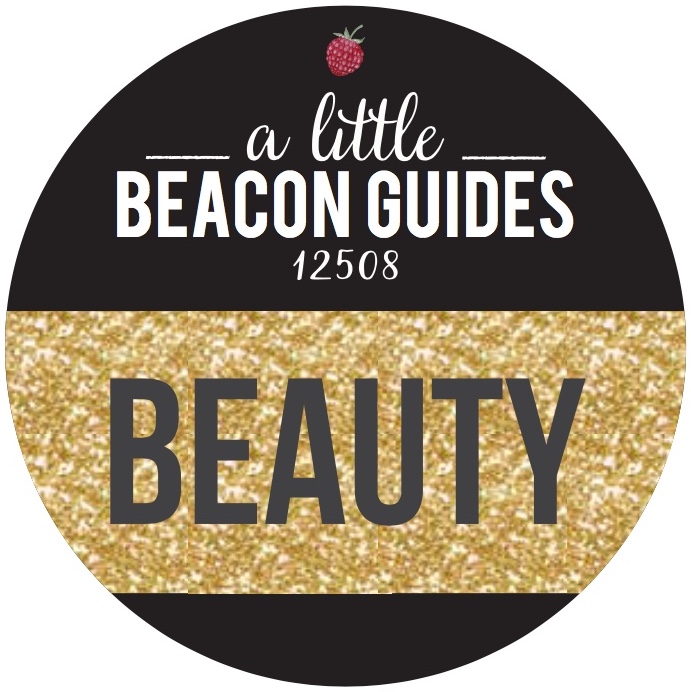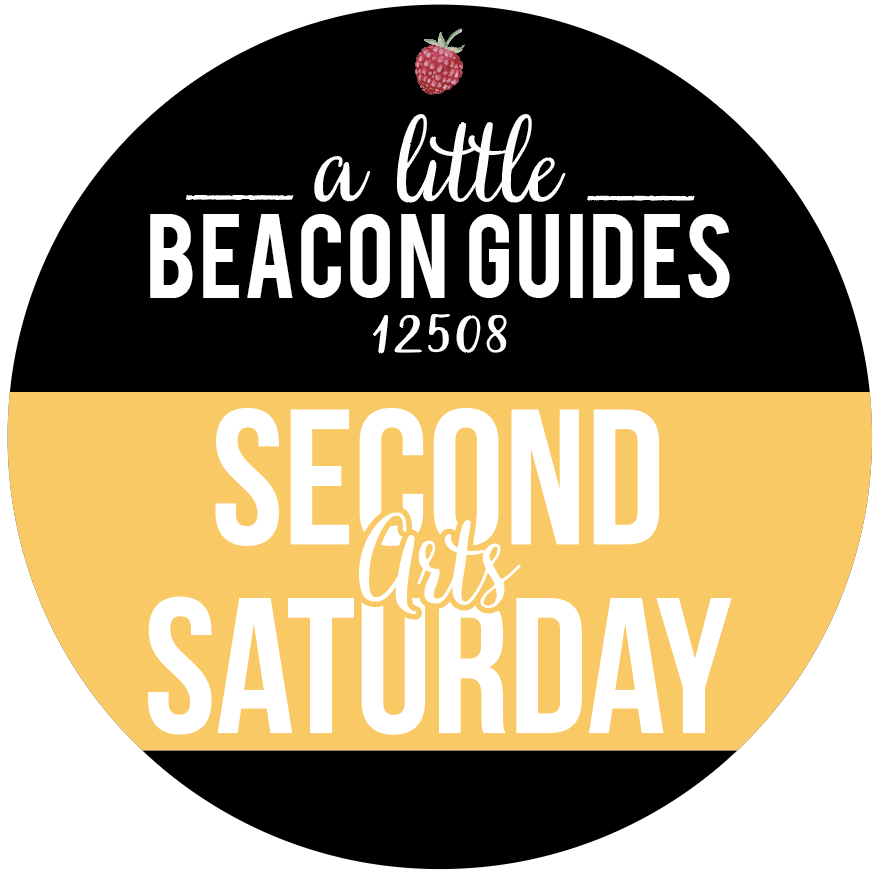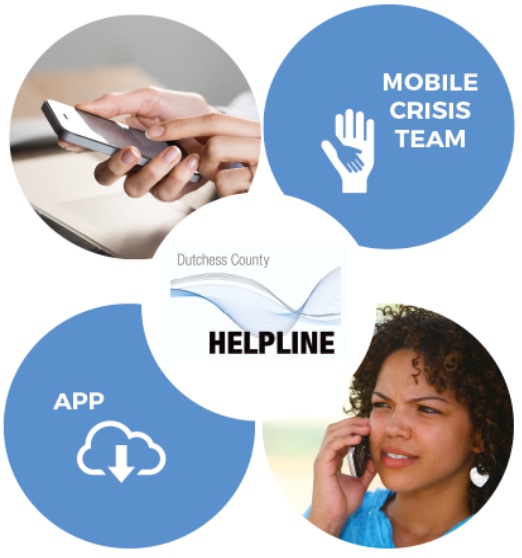HEALTH: Governor Cuomo Reverses COVID-Era Hospital Policy That Forced Women To Labor Alone, Without Support/Partner Of Choice
/On Monday, March 23, 2020, New York-Presbyterian and Mt. Sinai Health System issued mandates that prohibited any visitor from being with a woman in labor when she entered the hospital to give birth. This included her partner, doula, family member, or any other single person she wanted in the room. The hospitals stated that this was in the best interest of protecting the mother and baby from the novel coronavirus, according to Fox and The New York Times. Yet, according to the American College of Obstetricians and Gynecologists (ACOG) a support person in the room is best for a variety of reasons.
While some may have accepted this and moved on, several did not, seeing the downside of not having a representative of the mother during her labor in a busy hospital room. Often during a normal labor, no nurse is constantly present in the room, unless something goes wrong, since labors can last several (sometimes many) hours, and contractions can be slow to peak. Almost immediately, a petition was started and aimed at New York Gov. Andrew Cuomo that has gotten over 200,000 signatures since it was launched, according to this New York Times article.
Support Person For Safety (Emotional Bonding Aside)
For me, during my third childbirth and an extremely painful contraction, I fainted. It was a common occurrence for me - fainting during intense episodes of pain or pressure on nerves - but it was my husband who was in the room who pressed the emergency call button to summon a team of nurses to revive me, and keep me awake. Because of the position of my baby, I almost passed out during the next contraction - an emotion I remember vividly as I wanted to close my eyes and go to sleep. My midwife stayed in my face, yelling at me to stay awake, telling me that the time to push had come. Much to my surprise, after a fast and furious six-hour labor, when I had just been 4 centimeters dilated and suddenly had passed 9.
Labor Isn’t Sunshine and Rainbows (Yes, It’s Beautiful Magic)
It’s not always sunshine and rainbows in that delivery room. It can start off quite boring, and after hours, some action happens with regular contractions, yadda yadda. One never knows which direction a birth is going to take. So to have a woman alone in a room - without any friend (free), doula (usually paid), spouse (hopefully free?) - can be dangerous. Emotional bonding aside.
Prior to this policy being reversed, some expectant mothers were planning on driving out of state to deliver. The New York Times quoted one mother who wanted to drive to Philadelphia: “I haven’t had the best experience in hospitals, and I am not going to deliver alone,” she said. “If something happens, if there is some kind of emergency, I need someone who knows me to help make decisions in a time of stress. It is not the 1950s, you can’t just expect them to go in and sedate them and push out a baby, and then they come home and dad is there smoking a cigar,” this mother is quoted to have said in the article. “That is not our reality anymore.”
Reversal Decision Comes Day After ProPublica Article Highlights COVID Risks To Mothers During Childbirth
This decision comes a day after a ProPublica article came out profiling a woman who had gone into the hospital to give birth, with no symptoms of coronavirus, and died after birthing her baby, after showing coronavirus symptoms. This was revealed in a peer-reviewed paper that concluded: “This limited initial US experience suggests a need for immediate changes in obstetric clinical practice. Two of seven (28.6%) confirmed COVID-19-positive patients in this early series were asymptomatic upon admission to the obstetrical service, and these same two patients ultimately required unplanned ICU admission.”
One of the new mothers who did not survive was an “asymptomatic mother-to-be, a 33-year-old who had a C-section, also was having an extremely complex pregnancy; she was admitted for an induction on March 18 at 37 weeks because she had been suffering from chronic hypertension, asthma and diabetes. The surgery went off without a hitch and her baby was fine. She did not begin exhibiting COVID-19 symptoms until 25 hours after she delivered, or more than 60 hours after showing up at the hospital with her husband.”
Asthma can be common in pregnant women, and overlooked or dismissed by medical professionals. I do know this, as I have selective asthma, and all of my children have “asthma cough,” which sounds like a whooping cough when it flares up, and responds well to albuterol in the nebulizer. I’m all stocked up on medicine. But for a pregnant woman, a regular thing like a Christmas tree can send her to the ER if she can’t even speak because her lungs are so irritated (talking about myself, here).
Diabetes can be common in pregnant women, as their bodies change and Gestational Diabetes becomes a thing that caregivers watch for as they monitor the mother throughout the months of her pregnancy.
Birthing Options - Is Homebirth A Quick Solution?
Homebirth seems ideal at first, but involves a lot of logistics and backup. It is also not covered by insurance, and can be expensive, says Wyld Womyn, created by Alyia Cutler and Meghan Conway, who specialize in birth and postpartum support and have a storefront in Beacon behind Beacon Pantry. They caution against thinking homebirth is an easy alternative. “Aside from hospital births, people can choose homebirth if it aligns with their vision for their preferred birth experience,” Wyld Womyn told A Little Beacon Blog when we reached out for comment. “Homebirth is not a consolation prize for a hospital birth that doesn’t allow you to bring a partner or doula in the room, though. Choosing a home birth is a big decision and one that you need to prepare for both mentally and logistically.”
Wyld Womyn have been speaking via video about continuing to support a woman during childbirth virtually, as it can be immensely helpful during labor to hear key messages from a support person who knows you. You can watch a recent video here and here.
In some hospital settings, doctors and hospital executives may discourage women from bringing a doula or midwife into the hospital room, as the training for those professionals comes from different belief systems about the woman’s body vs pharmaceuticals and elective surgery. My experience in the birthing community included being the website manager for Childbirth Connection, an evidence-based resource for childbirth, which has since merged with the National Partnership for Women and Families.
That all may change, however, if hospitals prove too dangerous for pregnant women right now, and midwives and doulas start volunteering their time to help women give birth who should not be anywhere near a hospital. Gov. Cuomo has been retrofitting buildings like the Javits Center to house COVID-19 patients, in an effort to 1) accommodate the rapidly increasing number of cases, but also to 2) remove some critical cases from a hospital that needs to do other things, like be a location for a woman giving birth.
This will be difficult, as Gov. Cuomo has asked hospitals to increase their bed capacity by 50% or 100%.
Facing Childbirth Alone - Options
The face of this New York State reversal of some hospitals’ policy has taken on the form of Melissa DeRosa, the Secretary to Gov. Cuomo and Chairwoman of New York State Council on Women & Girls. In the daily briefings by the governor, she gets quite stern, and turned it up for this decision.
Denial of human and women’s rights during childbirth is actually not uncommon. However, it is usually dismissed. In this case, women’s rights in the maternity ward were heard.
If you are feeling alone for your upcoming childbirth, you have options of people who can be with you, even if six feet away. If you have no one to bring with you into the room, you still have options from a network of people who you may be able to work with. If the person you wanted to bring with you into the room is not available (if they are sick, or tending to your other children, or got called into the line of duty if they themselves are a medical professional), check around your sphere to see who would be a good substitute to be with you in the room to be your advocate, and watcher of your physical condition.
Wyld Womyn made these local recommendations: “Many doulas, including Wyld Womyn, are offering virtual support as a way to support their clients through childbirth without being able to join them in person. There are wonderful homebirth midwives in our area: Sadie Moss and Megan O’Conner, Beacon, and Susan Rannestad and Susan Rachel “Birdie” Condon, Newburgh/New Paltz. Both service this entire area.”
These links above are to licensed professionals listed at New York State Homebirth, which offers several other certified nurse midwives and midwives.














































